
Eric Van Lustbader On Writing Thrillers and Fantasy
Read Eric Van Lustbader’s guest post about writing thrillers and fantasies, and learn more about his newest book The Nemesis Manifesto, coming July 21st, 2020!

Read Eric Van Lustbader’s guest post about writing thrillers and fantasies, and learn more about his newest book The Nemesis Manifesto, coming July 21st, 2020!
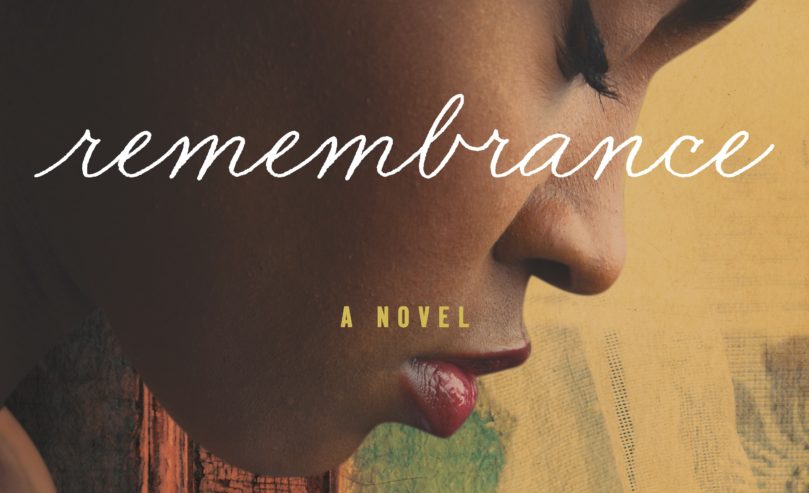
In celebration of Black History Month, Rita Woods shared some of her favorite authors with us. Her debut novel, Remembrance, is available now wherever books are sold!

Rita Woods’ Remembrance is a genre-defying novel transcending time and place – jumping from modern day Ohio to Haiti in 1791 to New Orleans and the Underground Railroad in 1857. Read more to discover where the debut novelist found her inspiration. By Rita Woods History has always been a bit of an obsession of mine.…
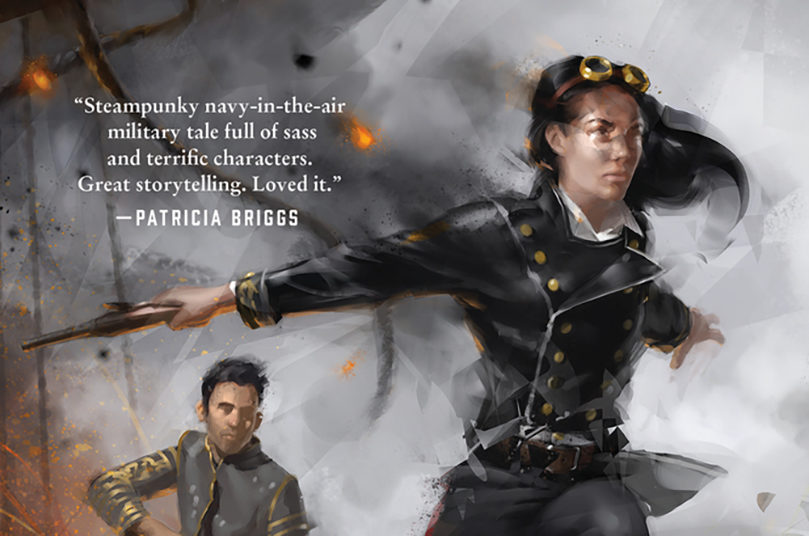
How do you fit a cannon on an airship? The Guns Above author Robyn Bennis explains.
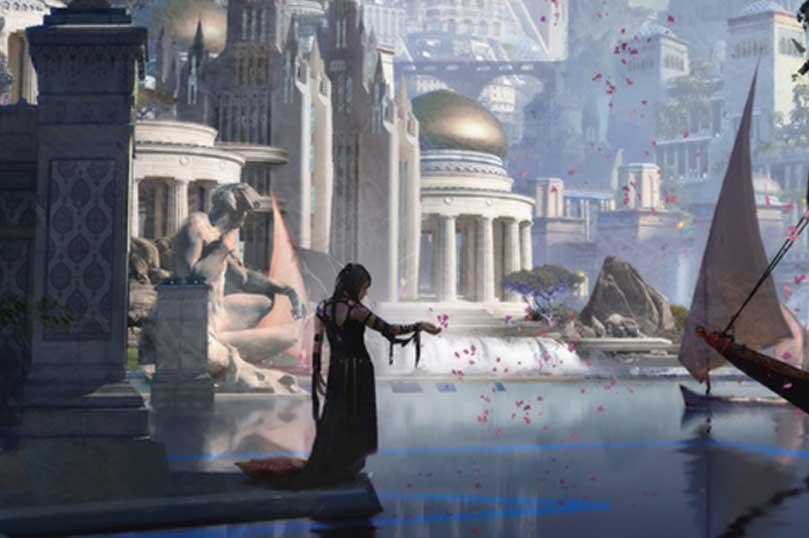
My Big Bad Theory: Last Song Before Night author Ilana C. Myer takes a look at villains.
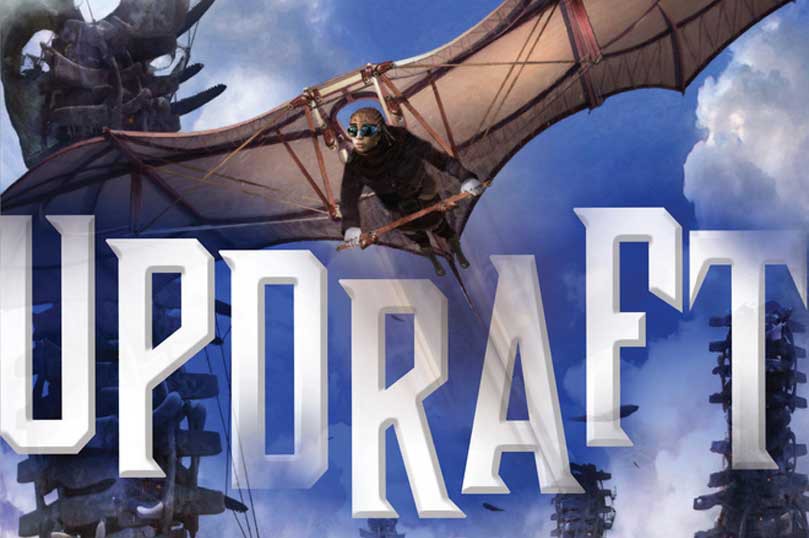
What kind of creature is a Skymouth? Find out in Updraft author Fran Wilde’s #Torpedia entry.
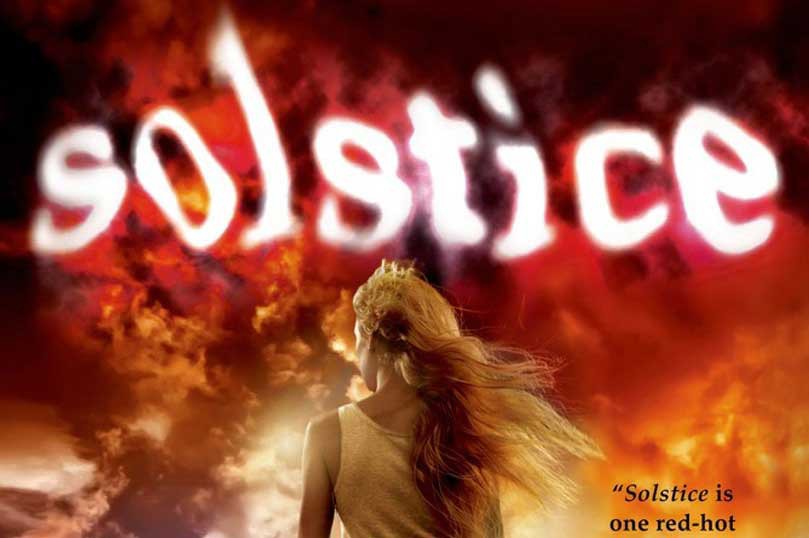
Book Trailer: Solstice by P. J. Hoover Solstice by P. J. Hoover Piper’s world is dying. Each day brings hotter temperatures and heat bubbles which threaten to destroy the Earth. Amid this Global Heating Crisis, Piper lives under the oppressive rule of her mother, who suffocates her even more than the weather does. Everything changes…

Book Trailer: Sea Change by S. M. Wheeler Sea Change by S. M. Wheeler The unhappy child of two powerful parents who despise each other, young Lilly turns to the ocean to find solace, which she finds in the form of the eloquent and intelligent sea monster Octavius, a kraken. In Octavius’s many arms, Lilly…
Last Call for the Living by Peter Farris For bank teller Charlie Colquitt, it was just another Saturday. For Hobe Hicklin, an ex-con with nothing to lose, it was just another score. For Hobe’s drug-addled, sex-crazed girlfriend, it was just more lust, violence, and drugs. But in this gripping narrative, nothing is as it seems.…